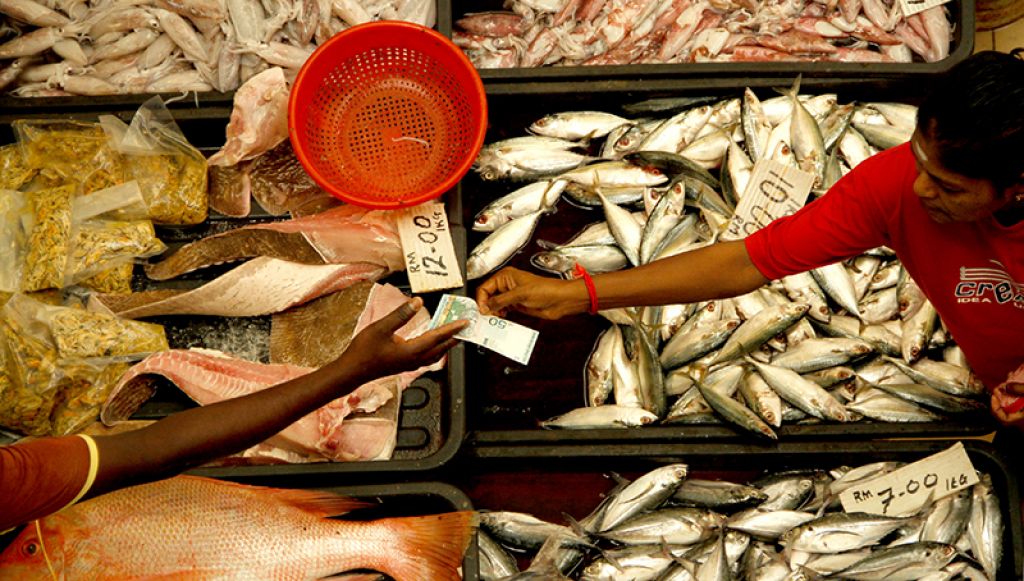Redefining Poverty in Asia and the Pacific: ADB’s Take
Over seven hundred million people living in Asia and the Pacific are experiencing the poverty level who only earns them 1.25 dollars a day. Even though it is composed of two thirds of the poor around the globe, the quantity is a big advantage compared to 1.59 billion in year 1981.
The economist from ADB presents a comprehensive explanation of poverty in Asia that pays attention to the challenges of resolving the alarming situations of over a billion people suffering in poverty. In August 2014, the Key Indicators for Asia and the Pacific presents their 45th publication which states that the most effective foundation to measure the poverty rates in Asia should feature the three crucial problems: the level of prices in the country, the influence of spikes in the cost of food, and the increasing helpless condition of the poor in times of disasters.
Poverty consists of different connected parts and involves several dimensions of issues. Even though some of ADB’s growing countries are supposed to achieve the middle-income standing by 2020, the country will still experience extreme poverty.
The outstanding subject section in the Asian Development Outlook 2014, Fiscal Policy for Inclusive Growth, encourages the governments to utilize the fiscal policy to stop huge income gaps like using allotted amount on education and medical services for the poor.
Research study on the outcome of economic instability on poverty prevention is crucial in establishing strategic reaction to difficulties. A research conducted in year 2009 which evaluates the 2008 world financial difficulty roughly calculated that the slowdown would stop 64 million people from appearing in poverty below the 1.25 dollars poverty level more than the upcoming two years.
Today, ADB has a major contribution in operating a new global improvement plan to achieve the Millennium Development Goal. It has a joint production research with United Nations organizations that promotes 12 principal goals not only to eliminate poverty but to sustain other lacking needs by the year 2030.
S. Wei
Redefining Poverty in Asia and the Pacific: ADB’s Take



